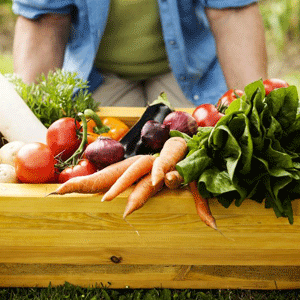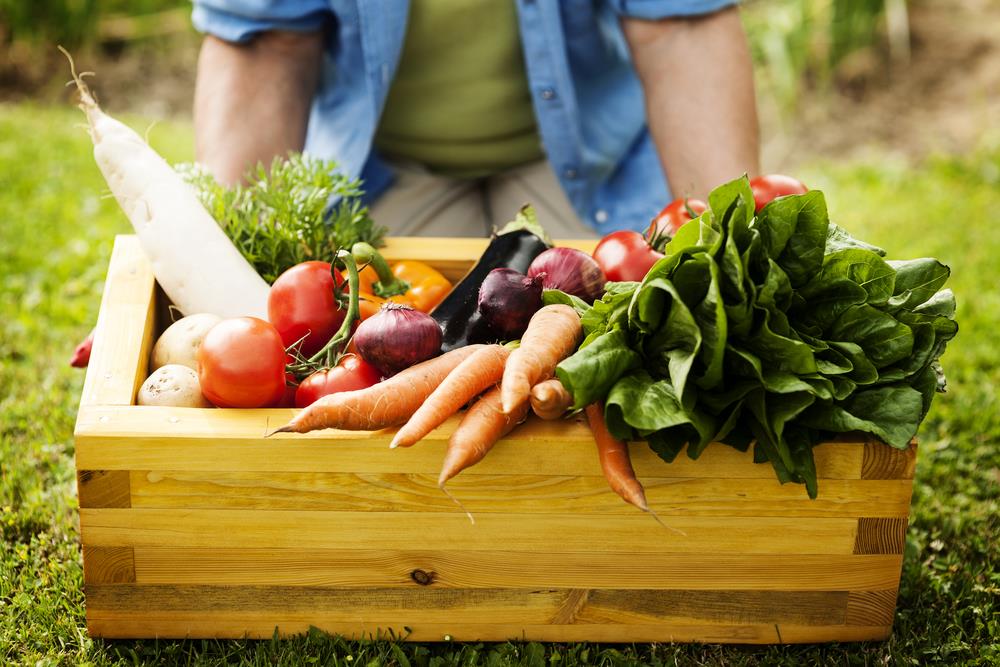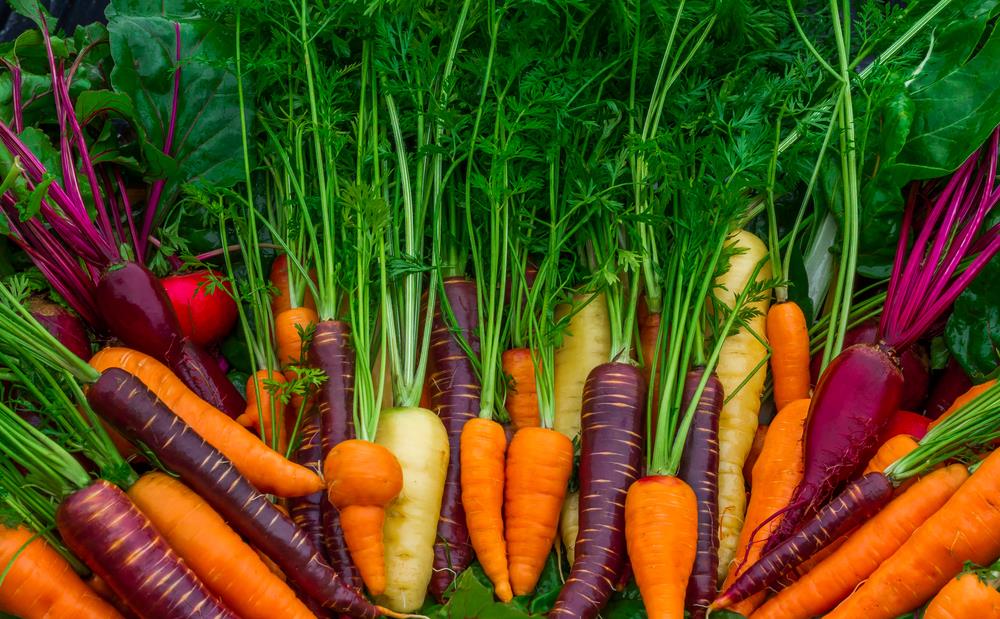- 55 reads

Organic gardening is both healthy for people and the environment. It lets you harvest edible fruits and vegetables that are free from toxic chemicals. In organic gardening, you don’t use toxic chemicals that can pollute the waterways and harm the environment.
However, if you are new to organic gardening, you probably have already experienced some of the common challenges in growing a healthy produce. Common problems among others involve weeds and insects. Many organic gardeners would tell you that it can be challenging to maintain an organic garden, but it is possible.
There are six easy ways that can help make your organic garden more sustainable:
1. Know the pH level of your soil.
The pH level is a measure of how acidic or alkaline the soil is. It is important because the acidity or alkalinity of soil affects the ability of the plants to absorb the necessary nutrients from the soil.
Plant roots can easily absorb nitrogen, iron and other nutrients necessary for plant growth when they are dissolved in water. When the soil is too acidic or too alkaline, these elements will not dissolve easily. The ideal pH level of soil is between 6.0 and 7.5. If the pH is below 6.0, the plants won’t be able to take up much nitrogen, potassium and phosphorus. When the pH level is over 7.5, the plants won’t get as much iron, phosphorus and manganese from the soil.
Before starting an organic garden in your backyard, be sure to have the pH level of your soil tested first.

2. Make use of composts.
Composting is a process of recycling organic materials into a rich soil called compost. One of the easy and popular ways to make a compost is by using red worms because they are easy to feed and they multiply fast. In a process called vermicomposting, you can already harvest vermicompost (worm cast) in about 1 to 2 months from the time you would have last fed the worms.
The best thing about vermicompost is that it is a great natural fertilizer for the plants. It contains more phosphorus, nitrogen and potassium than any ordinary soil. These nutrients help the plants grow healthy.
3. Choose native plants.
Native plants are more sustainable to grow because they can adapt to the local climate. They have also a natural resistance to pests and insects in the area. That means they can survive without much care and without the use of toxic chemicals for removing weeds or insects.
One good example for this is when you live in a part of the country where the climate is usually hot and dry. Plants such as hyacinths and sunflowers love the sun so they are the best options to plant. For cooler places, the best plants are pansies and bellflowers among others.
If you want to know the native plants in your state, you can search it out through the USDA plants database.

4. Use a sustainable irrigation system.
According to the White House Utility District, nearly 9 billion gallons of water are consumed for residential outdoor use in the US. Experts estimate that about half of this volume goes to waste as a result of factors like wind, evaporation or runoff which can be caused by inefficiencies in the irrigation methods and systems. This is definitely not a sustainable form of gardening.
According to the same article, your system will have even more wastage when programmed incorrectly, has a leak, or when the sprinklers are pointing at the wrong direction.
A sustainable garden does not waste water and this is possible using the correct irrigation system. According to an article published by the U.S. Geological Survey, drip or microirrigation saves water because of its “high application efficiency and high-water uniformity.” In this system, the water is only applied to the plant’s root zone. This system is ideal for high-return value crops like fruits and vegetables.
5. Follow green techniques in getting rid of pests.
If you are a gardener, the last thing you want to see are pests feasting on your plants. Sometimes, it can be tempting to just use chemicals to easily wipe them away. However, toxic chemicals can end up in your water supplies. Plus, their residue may stick to your produce.
One way to get rid of pests and to avoid the harmful effects of chemical pesticides is to grow companion plants. Basil, dill, thyme, sage, mint and other aromatic plants deter pests and insects. You can plant them near your vegetables. The best thing about these herbs is that they are also edible.
Another way to get rid of pests is to attract beneficial predators. Birds and bats are natural predators for most pests and bugs. You can try putting a bat roost or birdhouse near your garden and leave the job of plucking the pests and bugs to these predators.
Crop rotation is also a good way to keep pests away. Many of the pests that attack vegetables live in the soil. Many of them attack a certain host plant. When you grow the same plant at the same spot year after year, you’re guaranteed to have pest infestation.

6. Use recycled materials when you can.
If you need pots to grow your plants, used recycled plastic containers. There are many available videos online that show how to turn plastic containers into beautiful pots for gardening. Another way is to use cardboard boxes and used egg trays as seed raisers.
Recycling is not only good for the environment but it could also help you save hundreds of dollars in garden materials.
Sustainable organic gardening may not be an easy thing to do but it is definitely doable. It can be difficult to do at first but once you are used to it, it will become an ordinary or enjoyable task. You just need to be serious about it. Think of it as giving back to yourself and to the environment. When doing sustainable gardening, it could save you money by eliminating water wastage, avoiding the use of chemicals, and recycling waste for garden materials. Doing them means a lot to the environment.

